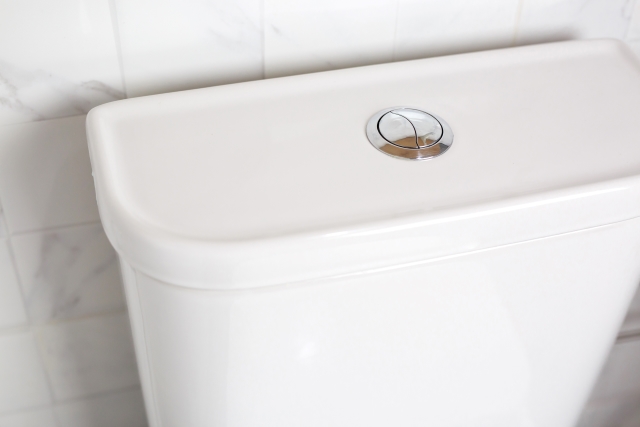Dual Flush Toilets Significantly Reduce Wasting Water
07 November 2024 15:42

The recent Continuous Household Survey (CHS) published in relation to Household Water Usage has shown that more than one third of households (34%) do not have a dual flush toilet.
NI Water is highlighting the CHS finding as part of its Save Water, Save Money campaign which aims to get households thinking about the environmentally conscious ways they can save water and money.
NI Water figures show that each person uses around 170 litres of water each day and in an average household around 30% of this water is used to flush the toilet. NI Water advise dual flush toilets are one environmentally friendly way that households can be more water efficient.
NI Water Education Officer Anna Killen said: “Saving water can be really easy and there are simple things we can all do that can make a huge difference including the type of toilet we choose to have at home.
“It’s a good idea to have a dual flush toilet at home. They are more environmentally friendly because they use less water than standard toilets and they also use a different amount of water for liquid and solid waste. Meanwhile, a standard toilet uses the maximum amount of water available in the cistern, even when only a small amount is required.
“To offer some further comparisons of how water efficient your home toilet is, low flush toilets use 6 litres of water per flush, pre-2001 cisterns use 9 litres and older cisterns can use up to 13 litres per flush.”
Anna also explains that one of the biggest culprits for wasting water at home is leaky toilet cisterns.
Anna said: “A toilet which is constantly leaking clean water from the cistern into the pan can waste around 200 to 400 litres of water a day. That’s approximately two and a half to five bath tubs, or enough water for up to seven loads of washing.
“Leaky loos have become a more significant problem recently due to a number of factors; the change in design of toilets to dual flush, along with more households replacing their water systems to mains-fed bathrooms which increases water pressure.
“Our advice is to check by using a Leaky Loo strip which you can order with us on www.getwaterfit.co.uk. And if you do have a leaky loo, you should contact an approved water safe plumber at www.niwater.com/watersafe-approved-plumber/ to fix it.”
Anna’s top toilet water saving tips include :
- Use a Dual Flush Toilet: they use less water than standard toilets by using a different amount of water for liquid and solid waste
- Check how water efficient your home toilet is: low flush toilets use 6 litres of water per flush, pre-2001 cisterns use 9 litres and older cisterns can use up to 13 litres per flush
- Check for leaky loos: they can waste around 200 to 400 litres of water a day. Order your NI Water leaky loo strip at www.getwaterfit.co.uk to check and if you do have a leaky loo find an approved water safe plumber at www.niwater.com/watersafe-approved-plumber/ to fix it
- Get Water Fit: NI Water offers an online ‘Get Water Fit’ water audit to help household find out more about how and where they use water and it also suggests some easy ways to help make savings. Go to https://www.getwaterfit.co.uk to find out more.
Ends
Notes to editors:
- The Household Water Usage factsheet 2023/24 was published on Wednesday 2nd October 2024. It is a publication produced by the Analysis, Statistics and Research Branch (ASRB) of the Department for Infrastructure (DfI) and presents findings from the 2023/24 Continuous Household Survey (CHS). The publication is available on the new Water Usage Research webpage
- The information presented in this publication derives from the 2023/24 the Continuous Household Survey (CHS) in relation to Household Water Usage. The CHS is considered to be a representative sample of the population at household level.
- A total of 4,927 adults aged 16 and over were surveyed in 2023-24.
- The report provides annual statistics on the use of water by individuals and households including use of showers, dishwashers, washing machines and hosepipes.
Media enquiries to the NI Water Press Office via email to press.office@niwater.com